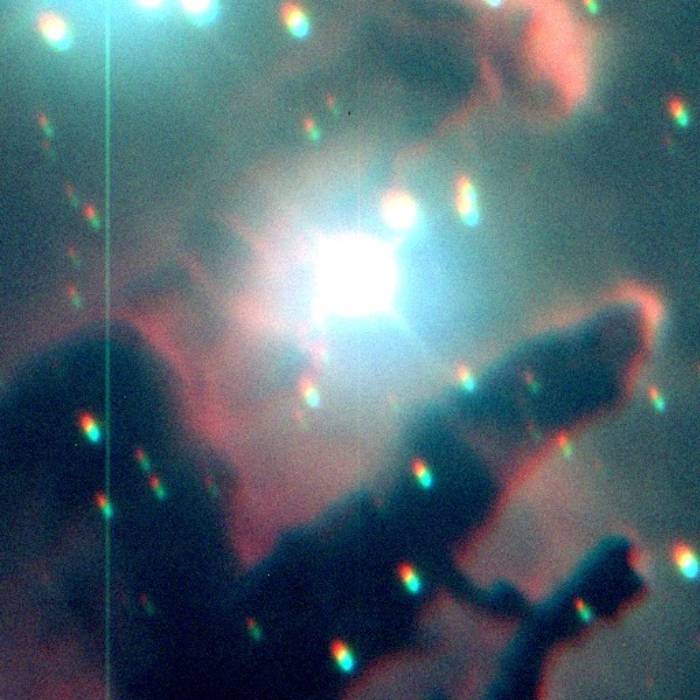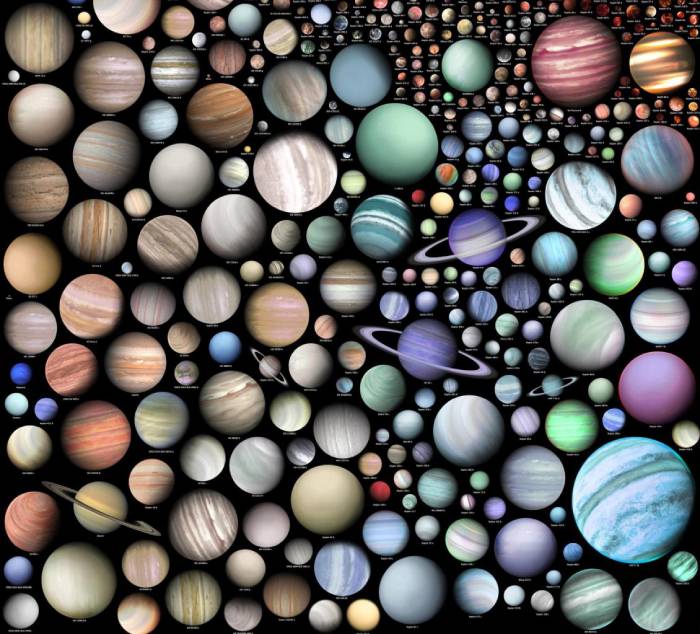Creating a coloured image
In this activity we give a scientific lecture that briefly touches on a number of different scientific concepts. We discuss galaxies, the contents of galaxies, and why some galaxies look different than others. We give a brief description of why it is important to observe astronomical objects in a variety of different wavelengths of light and discuss what those different wavelengths tell us about astronomical objects. We then discuss what is needed to get your own object that you’re interested in observed by a telescope including its position in the sky, brightness, etc. For the activity students are provided with data of a variety of astronomical objects and are asked to create a composite (red, green, blue) image of the object. They will use real astronomical data and tools commonly used in the community. In the end students will have produced a beautiful image of an astronomical object that they can download and keep for themselves.

Exoplanets
In this activity we give a scientific lecture that briefly touches on a number of different scientific concepts related to exoplanets. We start with a brief discussion of what a planet actually is. We then introduce the different types of stars that planets can orbit. We move on to discuss different methods for finding exoplanets and the different types of exoplanets that we know of. Finally we introduce the difficulties in finding exoplanets that would be similar to life and thus possible habitats to harbour life. For the activity students use a citizen science project to look at real light curves of possible exoplanets and categorise if there is an exoplanet signature in the data or not. Then we give the students an example light curve and ask them to calculate (using a basic formula we provide and explain) how much larger than the earth the exoplanet in the light curve is.

SALSA
This activity uses the SALSA telescope which is located at Onsala Space Observatory which has a partnership with Chalmers. We give a scientific lecture on a number of topics including how telescopes work, what is needed as an astronomer to use a telescope and how the process of applying for telescope time works, and a discussion of the electromagnetic spectrum. We discuss emission and absorption spectra and what they can tell us about astronomical objects. We connect this with our own research too and give a brief definition of how these previously mentioned subjects are used in every day research as astronomers. For the activity, students get to use the SALSA telescope and observe the Milky Way or try to find satellite signatures. Students will learn how important it is to observe astronomical objects for a longer period of time. They will also have the opportunity to log in and use the telescope and schedule their own observations following the end of the activity.
